Shopify vs Magento (Adobe Commerce): Which Is Better?

Looking to set up an online store but confused between Shopify and Magento (now Adobe Commerce)? You’re not alone. Choosing the right platform is crucial for your business’s success. Shopify and Magento (Adobe Commerce) are two of the most popular e-commerce platforms available today.
Both have their strengths and weaknesses, so it’s essential to understand which suits best with your business goals and requirements.
However, let’s not forget about other e-commerce service platforms in the market, such as Zixflow. So, let’s also consider Zixflow in this comparison blog to ensure you find the perfect solution for your business growth.
Let’s find the perfect fit for your business together!👇🏻
Quick tabular comparison with a detailed comparison of Shopify vs Magento (Adobe Commerce)
Let’s start by quickly comparing both platforms Shopify and Magento (Adobe Commerce) in a tabular form to give you a rough idea.
| Features | Shopify | Magento (Adobe Commerce) |
|---|---|---|
| User friendly | Yes | No |
| Hosting | Included | Self-hosted |
| Customizable | Yes | Yes |
| Design & theme variety | Yes | Yes |
| Open source | No | Yes |
| Free plan | Yes (trial) | No |
| Scalable | Yes | Yes |
| Analytics & reporting | Yes | Yes |
| SEO features | Yes (limited) | Yes (extensive) |
| Customer support | 24/7 | Paid support |
You probably have a good sense of what Shopify and Magento (Adobe Commerce) offer. But to pick the right one, it’s crucial to check the details of their features.
With that in mind, I’ve outlined a comprehensive comparison of both Shopify vs Magento below, helping you to make a more informed decision.
User-friendly interface
One of the most important things for you when choosing an e-commerce platform is how easy it is to use, especially if you’re not a super tech expert.
Let’s take a look at how user-friendly the interfaces of Shopify vs Magento are. For you who value ease of use, this comparison will be crucial in making the right choice.
Shopify
When you explore Shopify’s user interface, you’ll notice it’s designed to be incredibly user-friendly. Its clean and minimalist layout ensures you can easily find what you’re looking for.
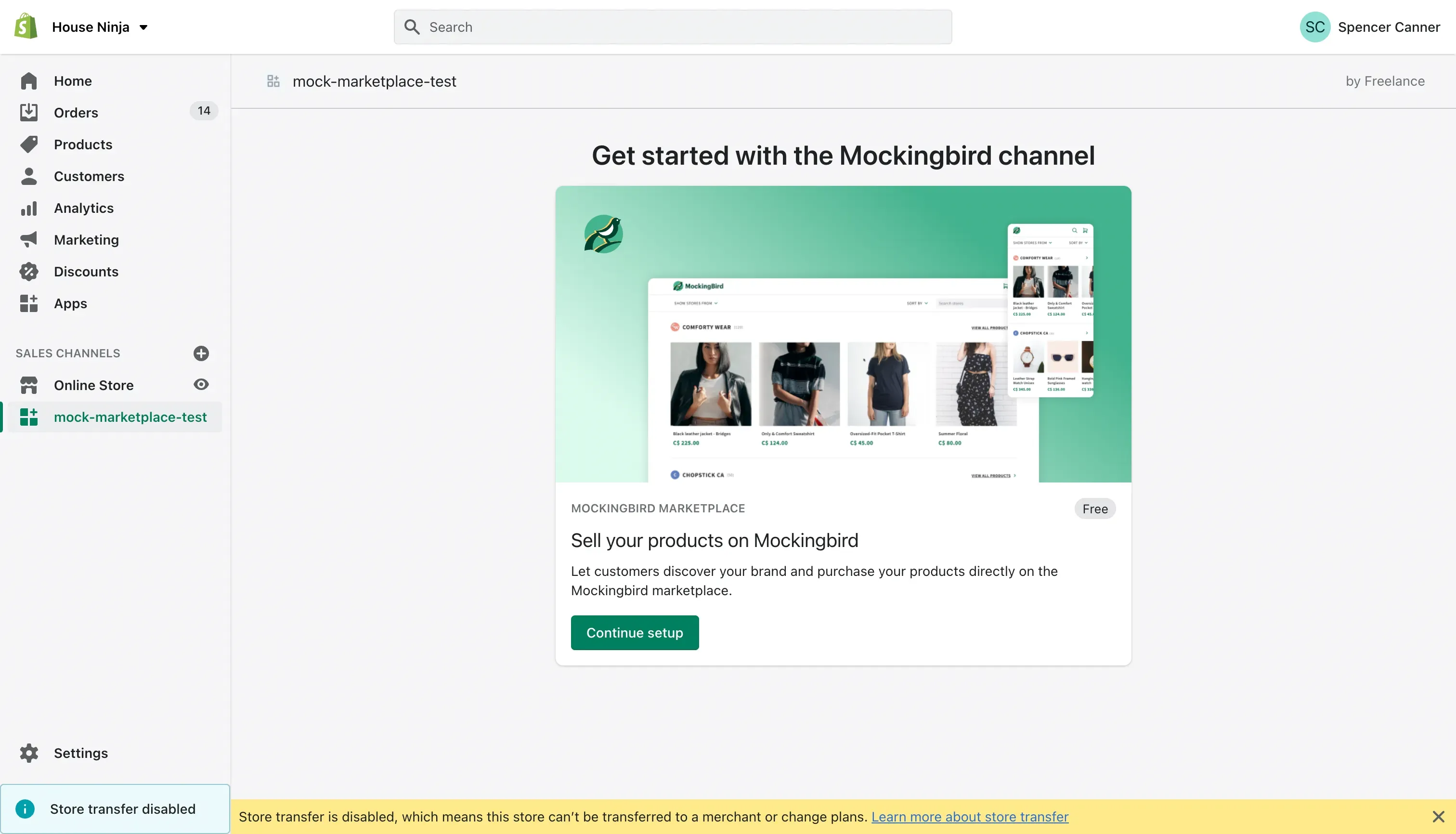
With intuitive menus, buttons, and icons, navigating the platform becomes second nature. Plus, Shopify offers a drag-and-drop feature, empowering you to customize your online store without any coding expertise.
Whether you’re tech-savvy or not, Shopify’s interface welcomes you with simplicity, visual clarity, and user-friendly tools. Plus, Shopify provides lots of tutorials and resources to help you get the hang of everything.
Magento (Adobe Commerce)
Magento, now called Adobe Commerce, has gotten better with how it looks and works over time. But it’s still a bit tricky to figure out.
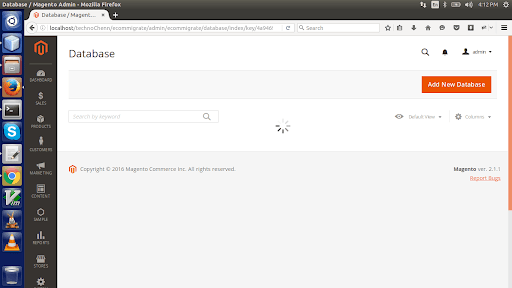
The main screen looks nice and clean, but it might take you a little longer to understand compared to Shopify. Doing tasks like adding products or managing orders can be a bit tough, especially if you’re not used to technical work.
But don’t worry, there are guides to help you, and everything is pretty organized. If you’re good with tech knowledge, you’ll like how much you can change things to fit what you need.
Hosting
When you’re getting started with your online store, getting the hosting right is really important. It's like laying the groundwork for your shop to work well. Below, I’ve explained both Shopify and Magento to help you select the best option.
Shopify
With Shopify, you’re in good hands, it’s a fully hosted platform, so forget about server upkeep or software updates. They’ve got it covered, ensuring your store is online 24/7 with a 99.99% uptime guarantee.
That means you can concentrate on growing your store hassle-free, with no tech skills required. Plus, Shopify’s global Content Delivery Network (CDN) ensures speedy loading times for your customers wherever they are and enhances sales engagement.
Magento (Adobe Commerce)
With Magento (now Adobe Commerce) Hosting, you have two main options: self-hosted and cloud-based. If you go with self-hosted Magento, you’ll need to handle your own server setup, giving you more control but requiring technical know-how.
On the other hand, cloud-based hosting, like Adobe Commerce Cloud, offers a fully managed platform on cloud servers such as AWS or Azure. This means easier store management with automatic scaling, security updates, and faster performance, though you’ll have less direct control over the environment.
Customization
With customization, you can create a user experience that resonates with your target customers, leading to increased customer engagement, increasing your sales, and conversions.
With that mentioned, let’s see how much you can customize Shopify and Magento to better understand their potential in shaping your online business according to your vision and needs.
Shopify
With Shopify, you get a lot of flexibility to customize your online business. You can adjust Shopify themes using the Shopify Theme Language like HTML, CSS, etc. without getting into coding.
There’s also the Shopify Theme Editor for easy visual changes to layout, colors, and fonts. But remember, if you want to go really deep with customization, you might need some coding skills.
Magento (Adobe Commerce)
With Magento (Adobe Commerce), you’ve got several options to customize your online store just how you want it. From changing themes and layouts to customizing the checkout process and product displays, you can really make it yours.
Whether it’s through coding or extensions, you can add custom features too. This flexibility helps you create a shopping experience that’s unique to your brand and appeals to your customers, boosting engagement and sales. But keep in mind, if things get tricky you might need some technical knowledge.
Enhance your e-commerce business engagement with cutting-edge technology
Leverage advanced AI marketing tools like Zixflow to engage your customers seamlessly in your e-commerce business
Reach OutOpen source
Open source is crucial because it allows for transparency, collaboration, and innovation in software development. Now, let’s take a look at what Magento vs Shopify offers:
Shopify
While Shopify itself isn’t open-source software, it actively contributes to the open-source community. With over 1000 public repositories on GitHub, including the JS Buy SDK, you can integrate Shopify’s features directly into your website. This approach gives you more control and customization options compared to Shopify’s standard platform.
Magento (Adobe Commerce)
Magento Open Source, also known as Adobe Commerce Open Source, suits your needs as a small business owner. It’s a free e-commerce platform you can download and use to build and manage your online store to simplify your sales process. Because it’s open-source, you have the freedom to customize it extensively as above I’ve mentioned using extensions and code tweaks.
While it might need more tech know-how than simpler platforms, Magento Open Source gives you a lot of control, scalability, and support from a big developer community.
SEO features
SEO features can significantly impact your business’s success by enhancing its discoverability and reach.
Now, let’s explore the SEO features provided by both Magento and Shopify to enhance your e-commerce store’s search engine visibility, helping you decide which platform is better suited for your needs.
Shopify
With Shopify, you’ve got built-in SEO tools to boost your online store’s search ranking. It takes care of important work like sitemaps and robots.txt files automatically, and basic title tags come with themes. You can change page titles, descriptions, and image alt text to add keywords and improve content.
However, for advanced SEO like keyword research, content strategy, and link building, you might need extra effort or third-party apps. Plus, you can link Shopify to Looker Studio to track and analyze your store's SEO performance in more detail.
Magento (Adobe Commerce)
With Magento (Adobe Commerce), you get a strong lineup of tools to boost your online store’s search engine performance and sales engagement strategies. You can handle meta descriptions, titles, and keywords for each product and category. Magento even creates sitemaps so search engines can smoothly explore and index your site.
Plus, you can weave in keywords naturally with rich content features, and tidy up URLs for better search visibility. But, keep in mind that tapping into its full potential might need some technical SEO know-how, and you might need extra extensions for advanced SEO tasks.
Customer support
Customer support is vital for an e-commerce platform. It’s the backbone of trust and satisfaction for users. With that in mind, let’s check out what Adobe Commerce vs Shopify provide in terms of customer service to help you decide.
Shopify
With Shopify, you get customer support around the clock through live chat, email, and phone. They have a helpful Help Center packed with guides and FAQs. People usually find their support helpful, but sometimes you might have to wait longer for phone help, especially during busy times or for complex issues.
Magento (Adobe Commerce)
Magento (Adobe Commerce) provides customer support through different levels. You can help yourself with their detailed knowledge base featuring troubleshooting guides, FAQs, and developer docs.
If you need more assistance, you can join the Magento forums to chat with other users and developers for help. For personalized support, you can submit support tickets, but response times might differ based on your issue’s seriousness and support plan. Although their support is extensive, some complex problems may require paid support plans.
Are you looking for a free-to-use platform to boost your e-commerce sales?
Zixflow is a freemium platform that provides easy-to-use services that boost your sales and marketing
Sign Up TodayPricing
Pricing is key when selecting an e-commerce platform. Now, let’s explore the pricing structures of Shopify vs Magento to see how they match your requirements.
Shopify
With Shopify’s pricing plans, you have options tailored to your business needs. The Basic plan, starting at ₹1499 per month after an initial ₹20 for the first month, is perfect for solo entrepreneurs like yourself. If you have a small team, the Shopify plan is available at ₹5599 monthly after the same ₹20 introductory offer.
As your business grows, consider the Advanced plan, starting at ₹22,680 after the initial ₹20 for the first month. For more complex enterprises, explore the Plus plan, starting at ₹175,000, offering additional features and available on 1 or 3-year terms.
Magento (Adobe Commerce)
Adobe Commerce offers two main options: Adobe Commerce Pro and Managed Service. For detailed pricing information, you’ll need to get in touch with the company directly as Magento customizes quotes based on specific business needs and requirements.
Whether you opt for the robust features of Adobe Commerce Pro or prefer the convenience of Managed Service, Magento can tailor a solution to fit your business perfectly.
Here please hold on!✋🏻 To increase sales or marketing with your e-commerce platform, you need a solution that enhances your business’s performance.
One such platform is Zixflow, designed specifically to boost sales and marketing needs for your e-commerce business.
Boosts your business’s sales with Zixflow
Regardless of your platform, consider Zixflow, an omnichannel marketing automation tool, to truly skyrocket your sales.🥳
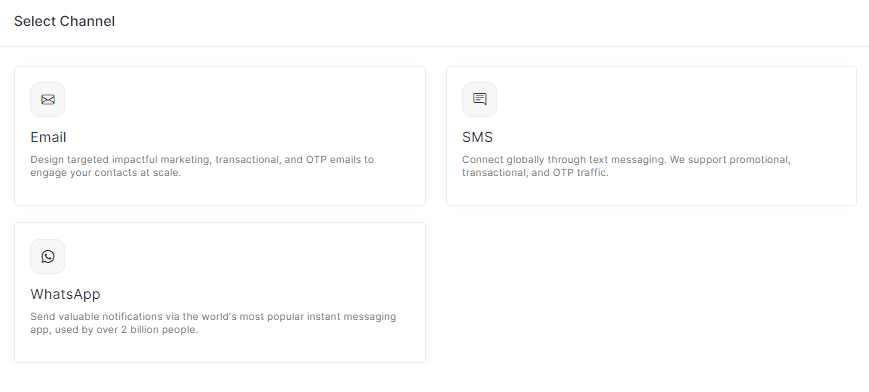
Zixflow’s omnichannel feature enables you to connect with your audience through multiple channels seamlessly. Whether your customers prefer email, SMS, or WhatsApp, Zixflow allows you to reach them effectively on their preferred communication platforms. This ensures that you can engage with your audience wherever they are, enhancing communication and increasing the likelihood of conversions.
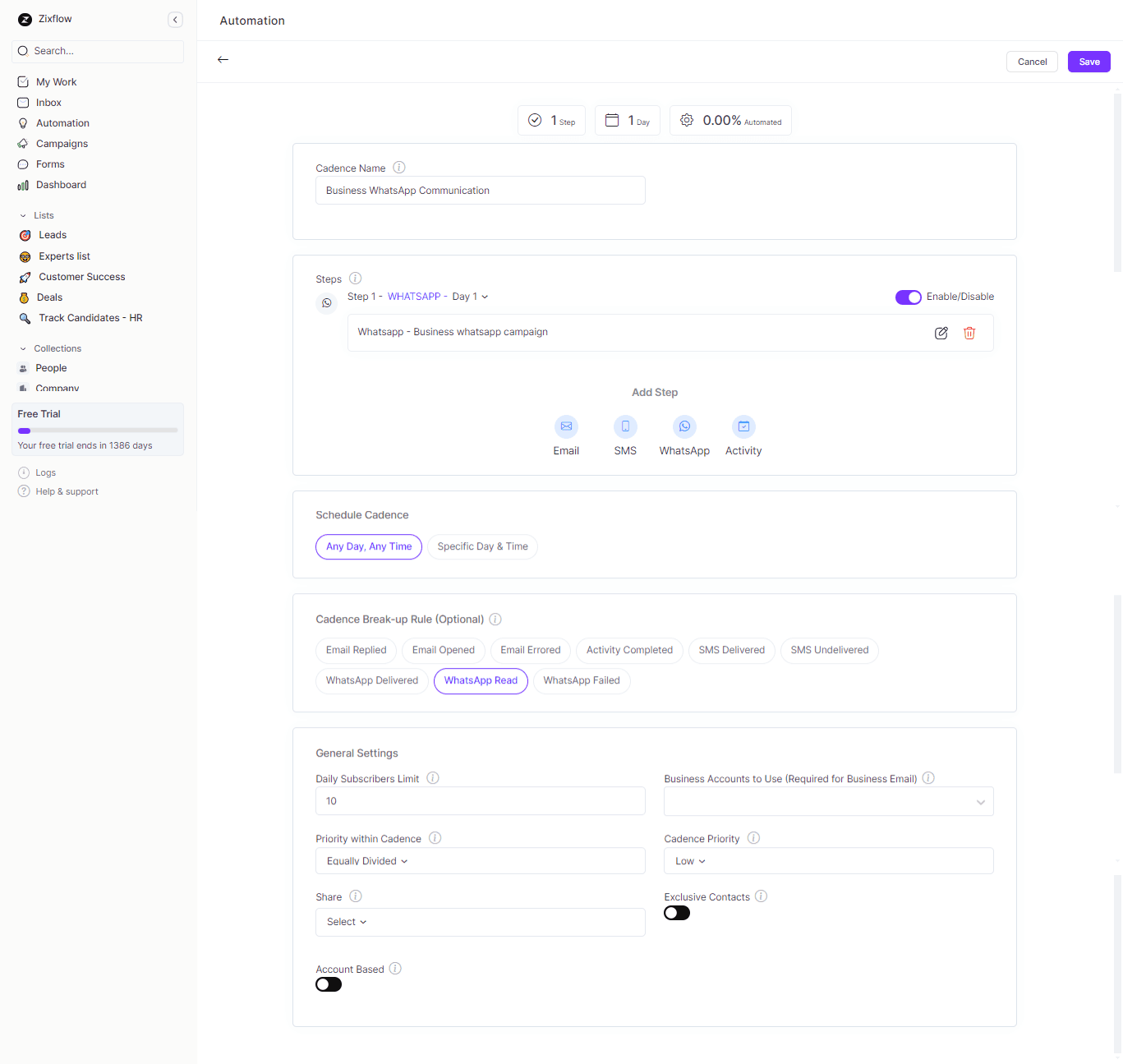
Zixflow’s no-code workflow builder lets you automate tasks easily, even if you’re not tech-savvy. You can make custom automation workflows for sales tasks, schedule syncing, and more. The best thing? You can start from scratch or use prebuilt templates. It's simple and saves time!
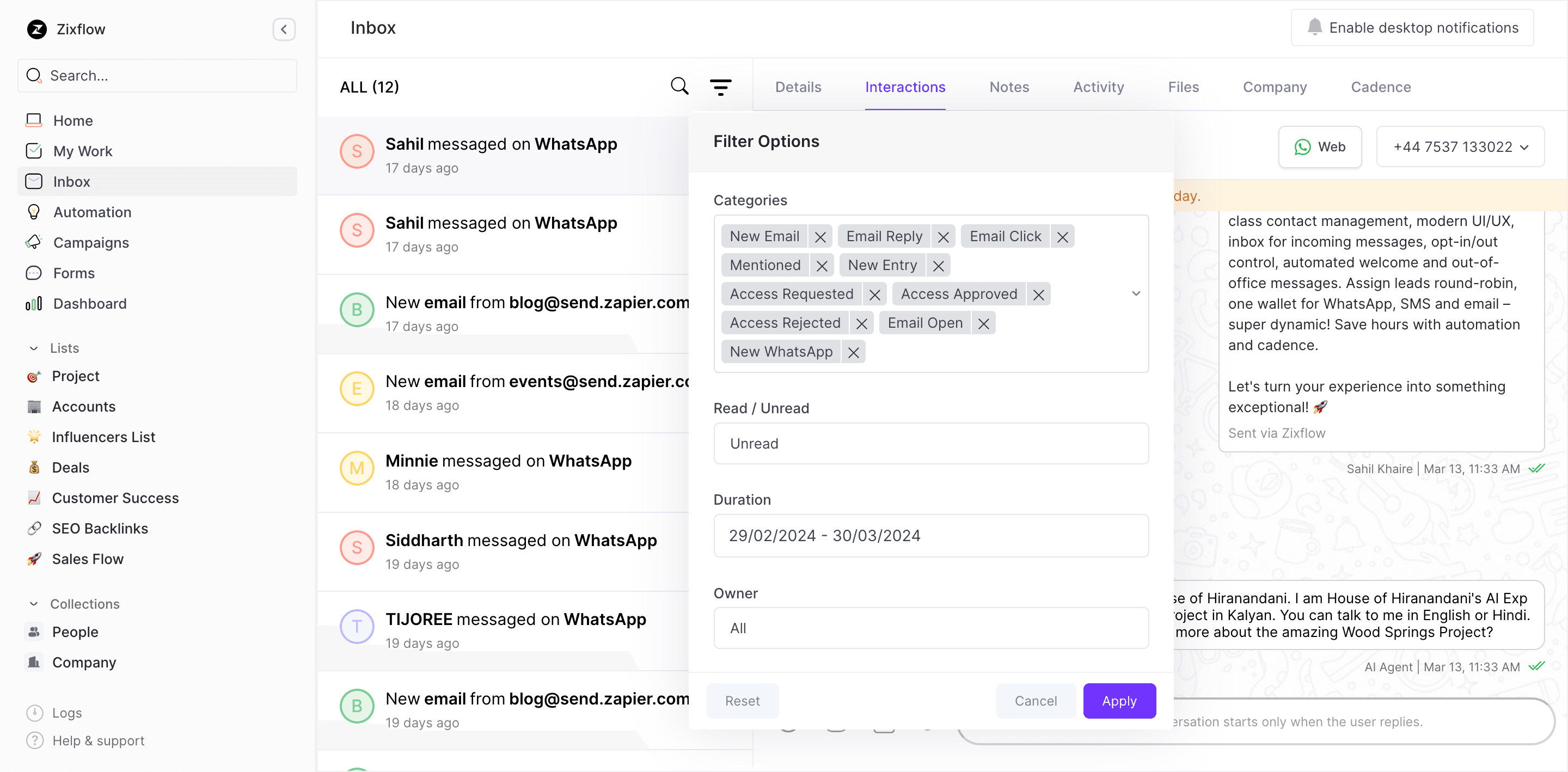
With Zixflow’s centralized inbox, you can handle all your communication with leads and customers in one place. Instead of jumping between different platforms or tools, everything is centralized, making it easier to stay organized and respond promptly to inquiries or messages.
Whether it’s emails, WhatsApp messages, or other forms of communication, you can manage it all efficiently from a single platform, saving time and ensuring a seamless customer experience.
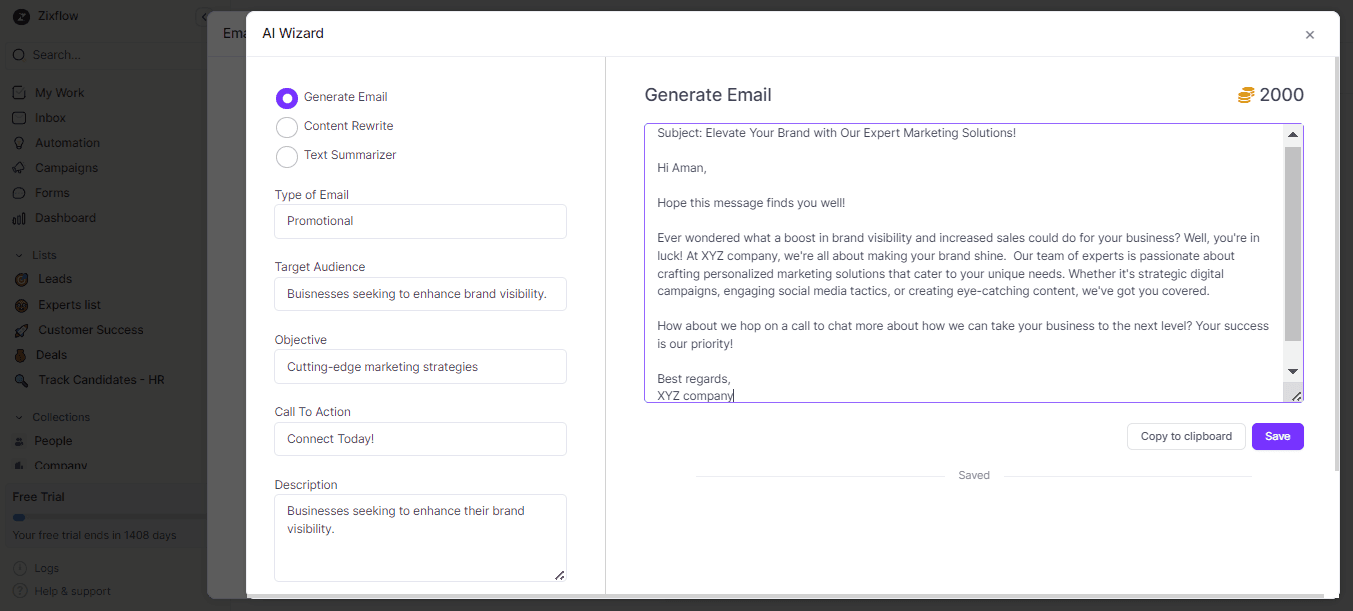
With Zixflow, you can effortlessly create personalized email copy using AI, saving you time and effort. Additionally, you can run WhatsApp campaigns, and send bulk messages to promote your e-commerce store. Choose between crafting your own messages or using prebuilt WhatsApp Business Templates to streamline your marketing efforts and engage with your audience effectively.
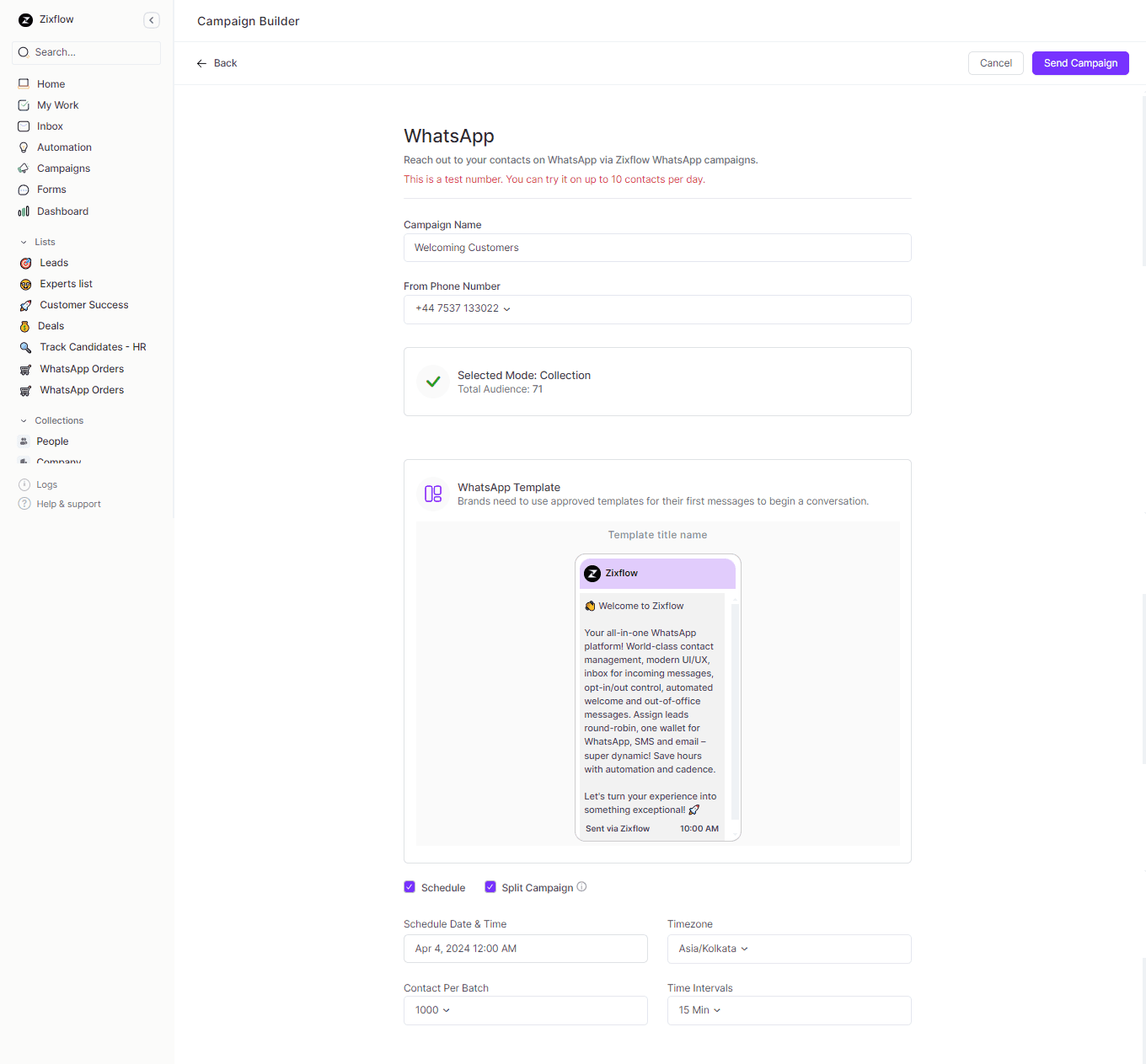
Not only these! Zixflow provides many other free-to-use features to know about them you can watch their overview video. ⏬️
Select the one that suits your e-commerce business needs between Shopify and Magento (Adobe Commerce)
I hope by now, you have a clearer understanding of the differences between Shopify and Magento (Adobe Commerce) and how they align with your business needs. However, the choice between Magento and Shopify depends on your specific business needs and preferences.
Shopify’s transparent pricing and user-friendly interface make it an excellent choice for small to medium-sized businesses looking for simplicity and ease of use. On the other hand, Magento's flexibility and scalability, along with its customizable features, adapt to larger businesses with more complex requirements.
As mentioned above, to boost sales for your e-commerce business, consider integrating Zixflow. Zixflow offers powerful features for automating marketing tasks, managing WhatsApp order data, and analyzing customer data through detailed analytics, helping you streamline operations and drive growth.
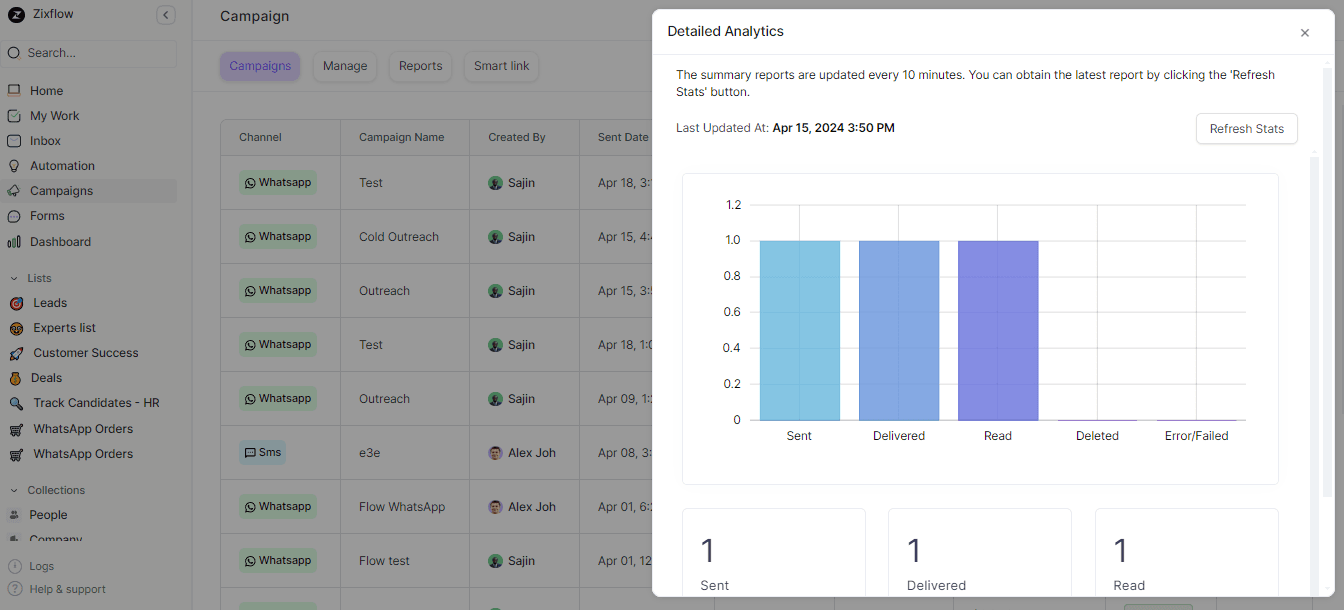
By creating a free account and utilizing Zixflow alongside your chosen e-commerce platform, you can maximize efficiency and unlock new opportunities for success! 🚀
